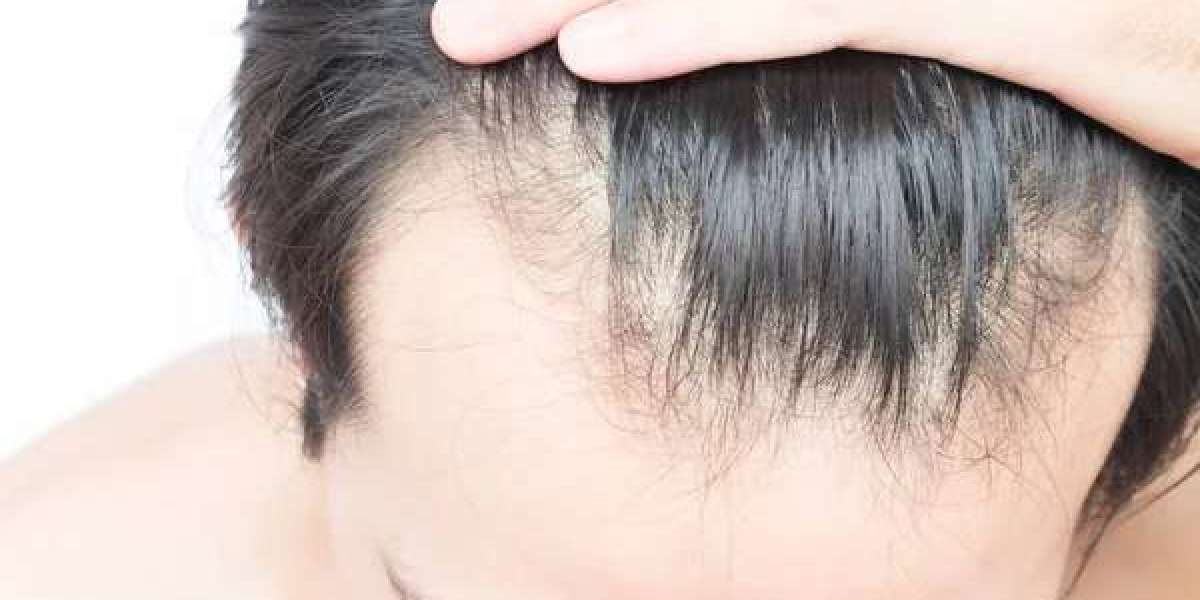Two distinct factors determine the appearance and results of hair transplants: "popping" and maturity. New, transplanted hairs pPopping refers to the new transplanted hairs penetrating or "popping" through the scalp, while maturity causes these hairs to thicken, darken, and naturalize. ed" through the scalp and each hair has fully developed by thickening, darkening, and normalizing in texture, the hair transplant is considered complete.
Hair follicles undergo a natural resting phase after transplantation, marking the beginning of the hair transplant results timeline. The little hairs in the follicles shed after 2-4 weeks following the operation, and no new hair growth occurs until the follicles awaken in the third month. In the third month after surgery, the newly awakened follicles start to grow hair, exhibiting changes until the 12th month and, in exceptional cases, up to the 18th month. This indicates that the complete growth and look of a Dubai hair transplant will take at least a year, if not a year and a half.
Maturation
Maturation is defined as the darkening, thickness, and normalization of transplanted hairs. Hairs are exceedingly fine, translucent, short, and wispy when they first enter the scalp, during the third and fifth months. The term "immature" describes this appearance. The results are considered 40–50 percent "matured" by the sixth month. At this time, most patients are satisfied and start to perceive a considerable cosmetic improvement. They cut, style, and merge their newly transplanted hair with their natural hair. On the other hand, the hair remains fairly juvenile at this stage.
The hairs are still thinner than the natural scalp hairs and have a "wiry" or "kinky" feel that will eventually normalize. While most patients are pleased after 6 months, it is important to note that this is simply the "halfway point" in terms of overall benefits. Only around 70% of the hairs penetrate the scalp, and those that do are thinner and more "fizzy" than the remainder of the local hair. Throughout the eighth month, the hairs remain "wiry" and thin. Between the ninth and twelfth months, the hairs begin to mature. At this phase, almost all new hairs have "popped" through the scalp, darkened, and become thicker (each shaft becomes "fatter"), and their texture normalizes or "smooths out" to resemble the rest of the hair.
Growth Timeline
The hair transplant growth timeline continues with the 12th month, as many patients' hair transplants have fully "grown." All hair grows out of the scalp and is completely darkened, thickened, and normalized. It is crucial to note, however, that this schedule is simply an approximation. Many patients grow swiftly, while others develop slowly. The fact that you are ahead of or behind the curve does not predict whether your outcome will be better or worse. It simply indicates that it could take less or more time to complete. Each patient's physiology is unique, so they will develop differently. This is why many hair transplant doctors wait 18 months after the treatment to conduct a final evaluation of the results. Don't lose hope if your doctor deems you as "immature" after the 12-month milestone, as many patients continue to observe changes up to and including the 18th month. This is particularly true for patients receiving mid-scalp or crown (back) transplants. These areas mature and grow at a slower rate than the front, and most experts feel it will take at least 18 months to see the full results of the hair transplant in these places. It may be good to review when your results appear, but it is not a guarantee, and you should not rely solely on it to gauge your development. Every patient develops differently, and with hair transplants, the destination is more essential than the route.
Conclusion
At Al Borj, we put our patients' health first. We endeavor to give our patients the best possible medical care in order to ensure their safety and comfort. We provide each patient with complete information about the procedure based on their individual preferences and wants.
Schedule a hair restoration consultation with our skilled medical team to learn more about hair transplant processes and steps.








